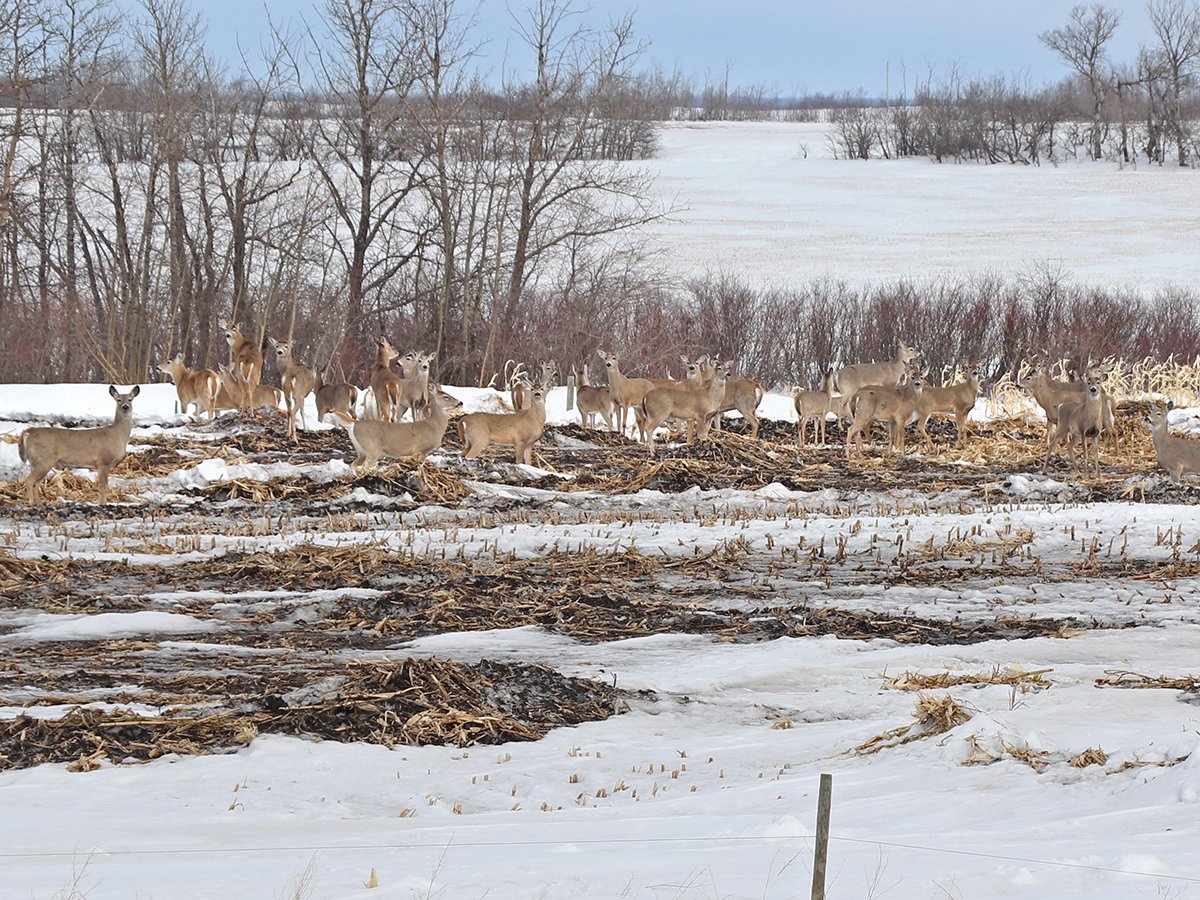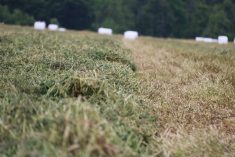RED DEER, Alta. – Anyone who keeps a pet or uses animals for entertainment, food or research could be a target for radical animal rights activists, according to two men tracking their movements.
Alan Herscovici, a Montreal consultant who studies the animal rights movement, and Cpl. Scott Dawson of the RCMP’s national security investigation section in Edmonton, told those at the Alberta Foundation for Animal Care meeting here that the radicals are few in number. However, they gain a lot of public attention through actions like bombing laboratories or sending threatening letters and razor blades through the mail.
Read Also

Foot-and-mouth disease planning must account for wildlife
Our country’s classification as FMD-free by the World Organization for Animal Health has significant and important implications for accessing foreign markets.
The most prominent are groups like the Animal Liberation Front which claims it intends to economically hurt anyone who uses animals for profit.
“The animal rights extremists are not likely to give up their cause,” said Dawson, who sees their activities as political crimes.
Their communications network is widespread through mailing lists and the internet, said Dawson.
In fact, some of the bombs the RCMP have investigated were put together from instructions received over the computer network which contains 23 pages on how to build a bomb.
Canada has had about 60 incidents where furriers, meat packing houses or research laboratories have been threatened, vandalized or bombed.
Claims of responsibility for bombings, arson or vandalism came from these extreme groups who say they want to return the animals to their natural state.
While Dawson wouldn’t provide information about ongoing investigations, he said people involved in these activities usually have little contact with animals and tend to be well educated.
Damage at university
Some of the crimes include a 1992 break-in at the University of Alberta where 29 cats were taken and $50,000 in damage was caused.
The Cold Buster bar developed at the University of Alberta had to be recalled from store shelves after word was received the bars were poisoned. The group claiming responsibility objected to animals being used to test the bar.
Last Christmas a group called the Justice Department said it poisoned turkeys that were ready for the holiday market in British Columbia. The turkeys were pulled from grocery stores but no poison was found.
A letter bomb delivered to Alta Genetics, an animal embryo transfer and research firm near Calgary, came from a radical animal rights group and is still under investigation.
If people in a rural area become victims or see something suspicious in their district, Dawson encouraged them to report it to police.
People should follow up after they report the incident to make sure police investigate it thoroughly, Dawson said.
They should tell their neighbors about the attack and report it to their commodity organization, which can spread the word that such incidents are happening. Commodity groups or farm animal care groups can provide advice as well as lobby government for more protection for producers on the farm.















